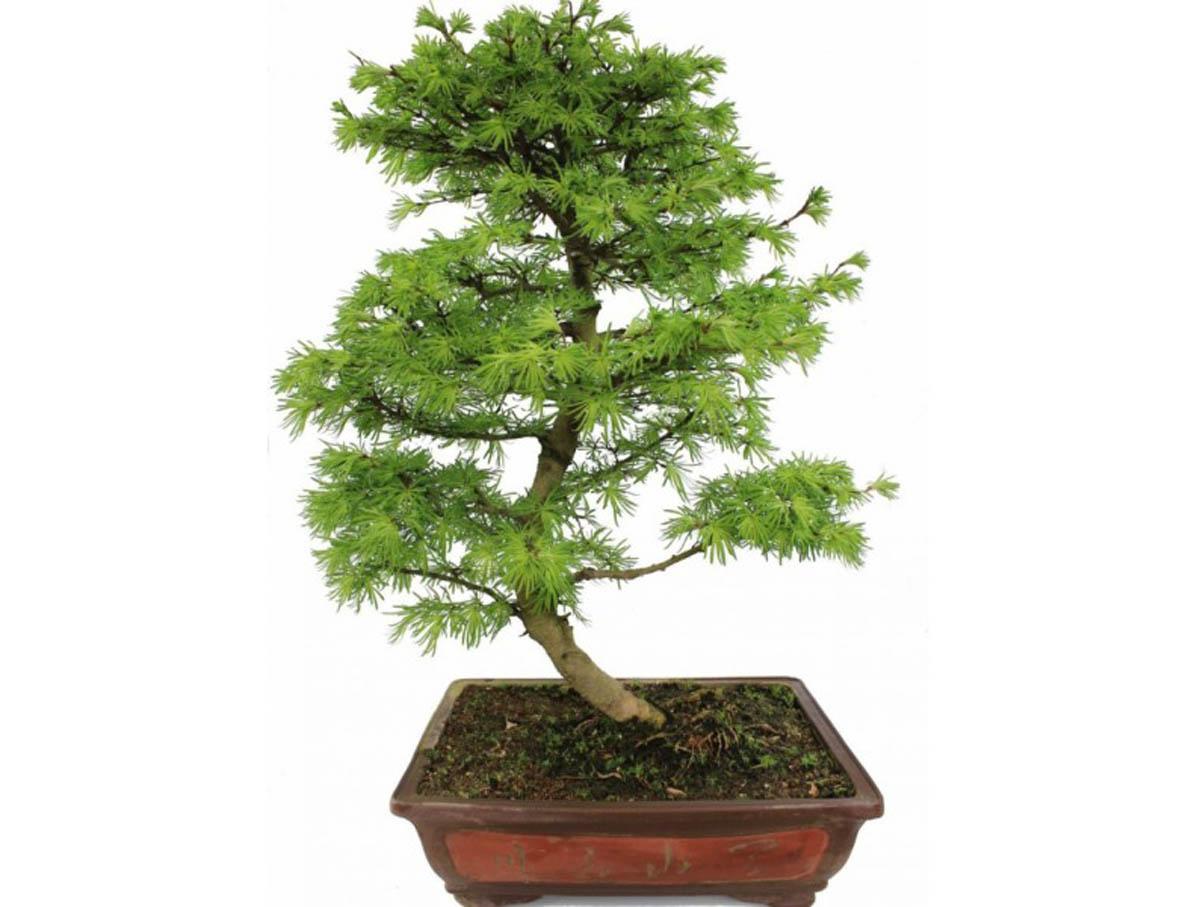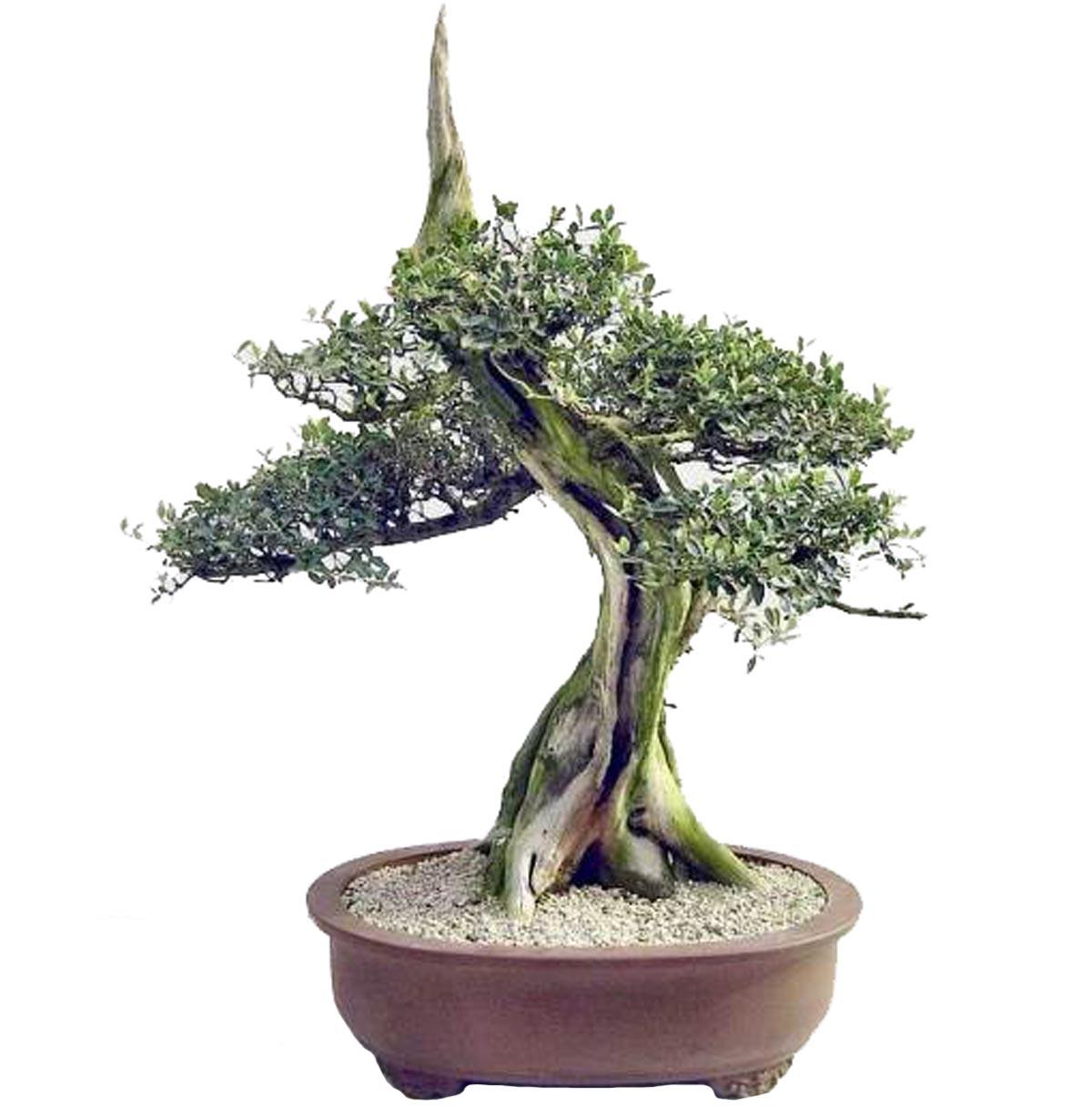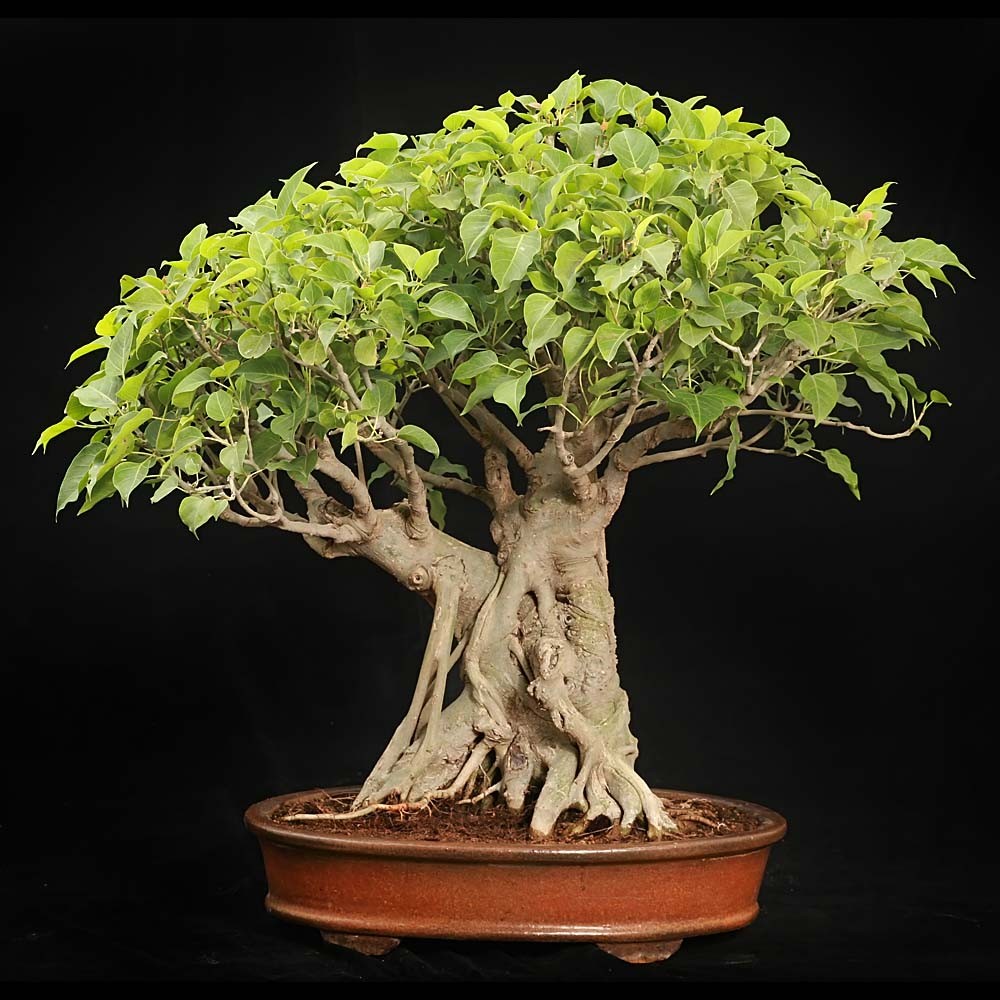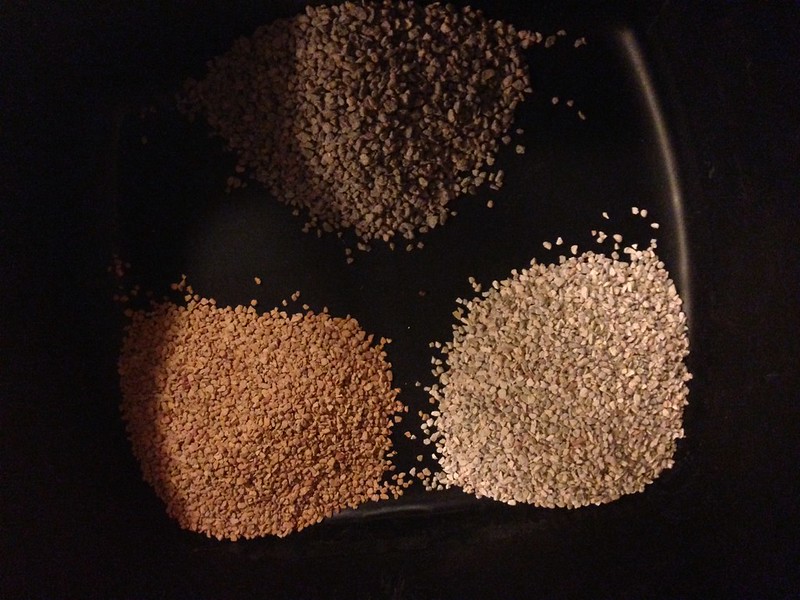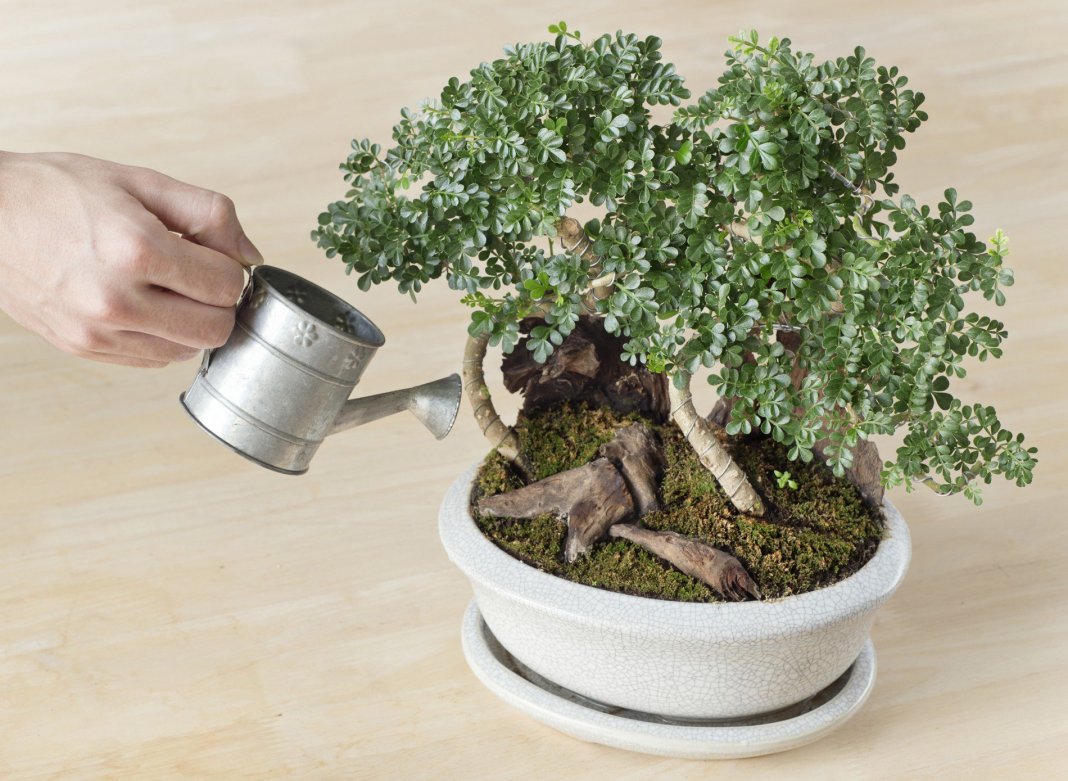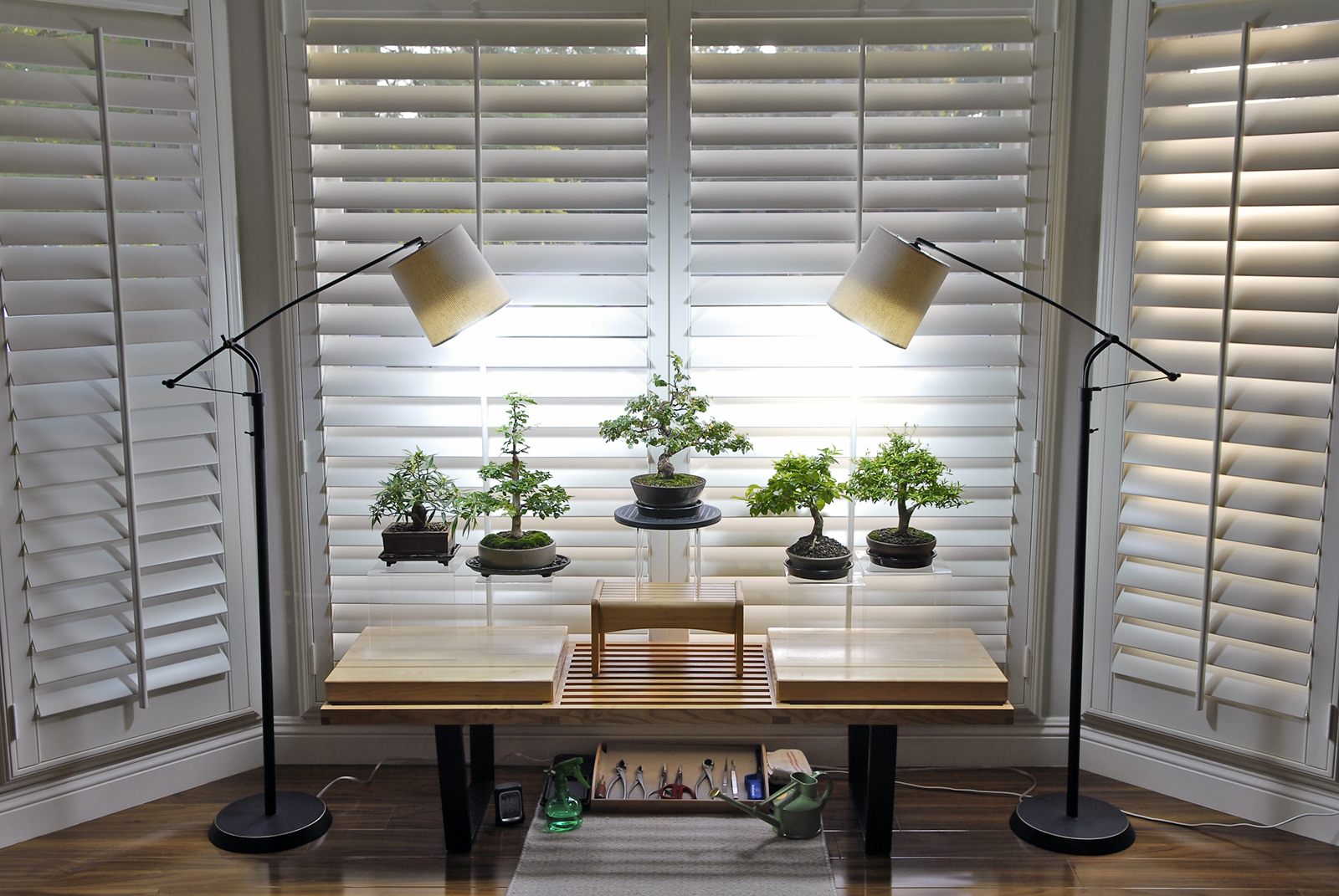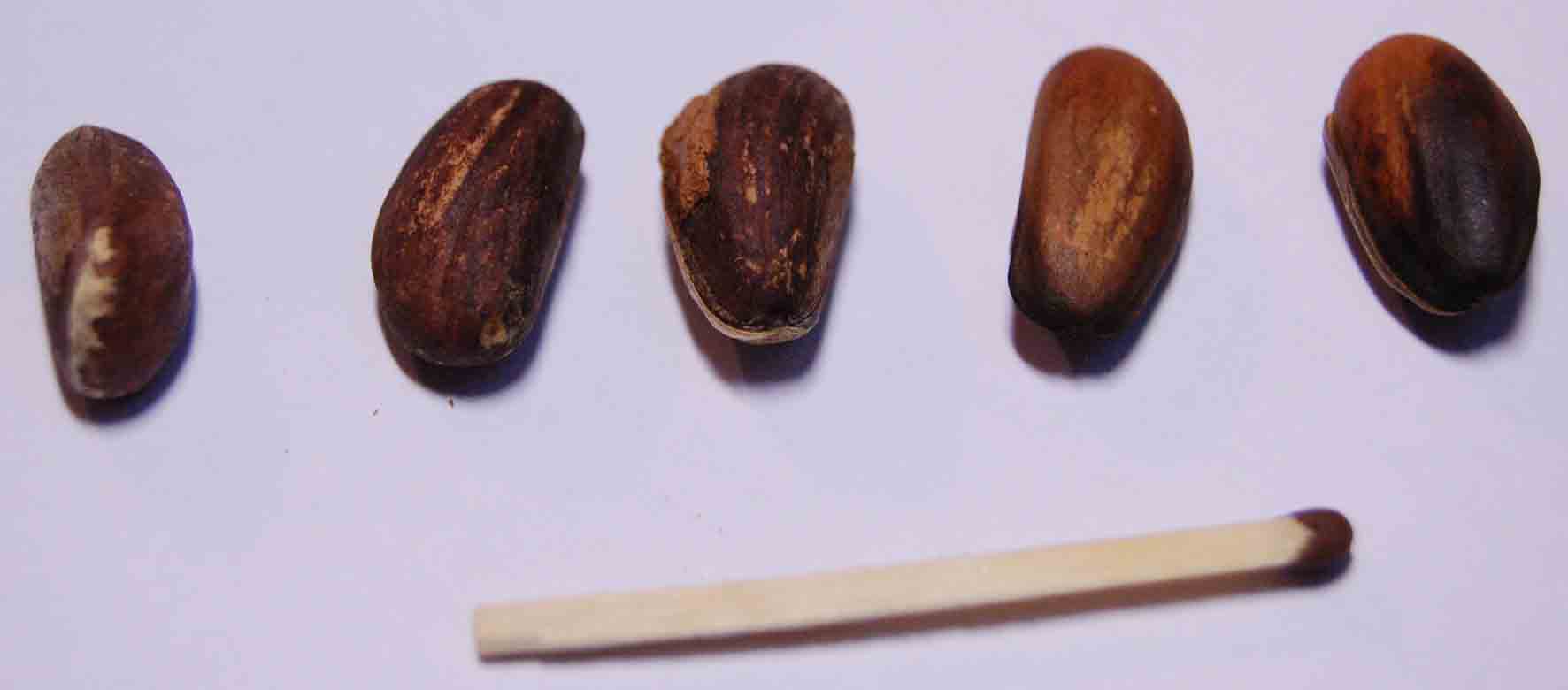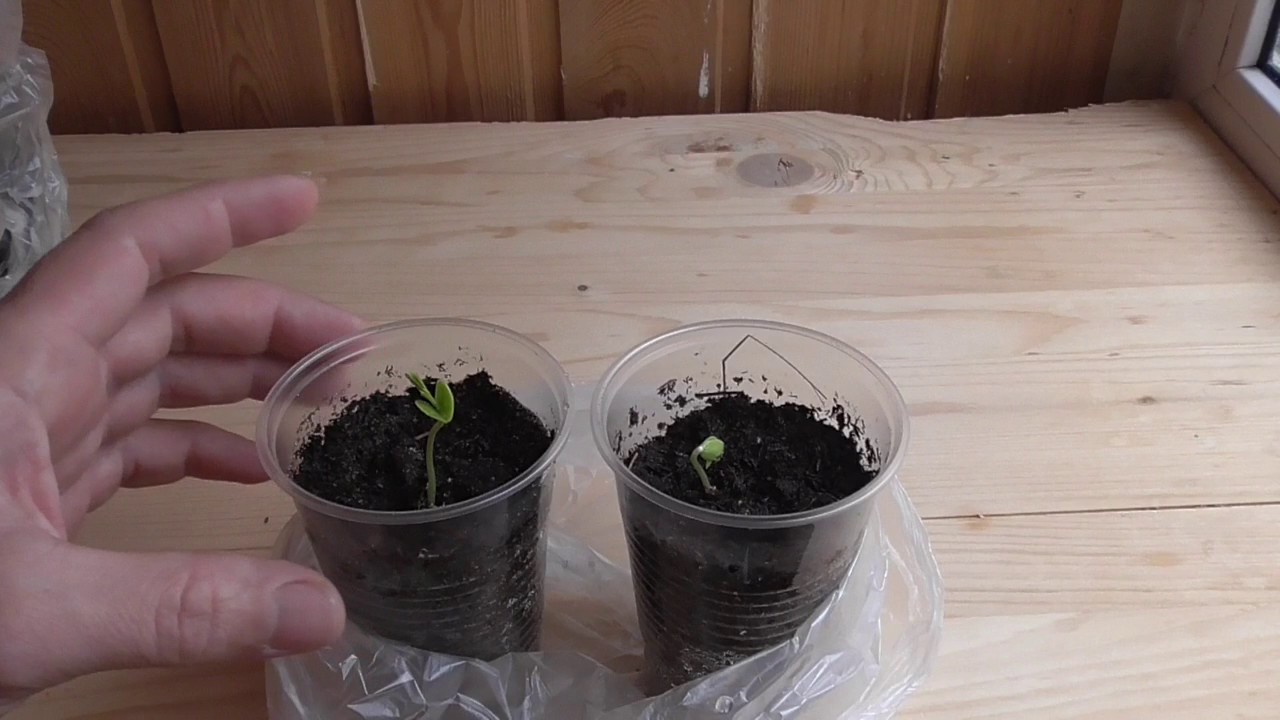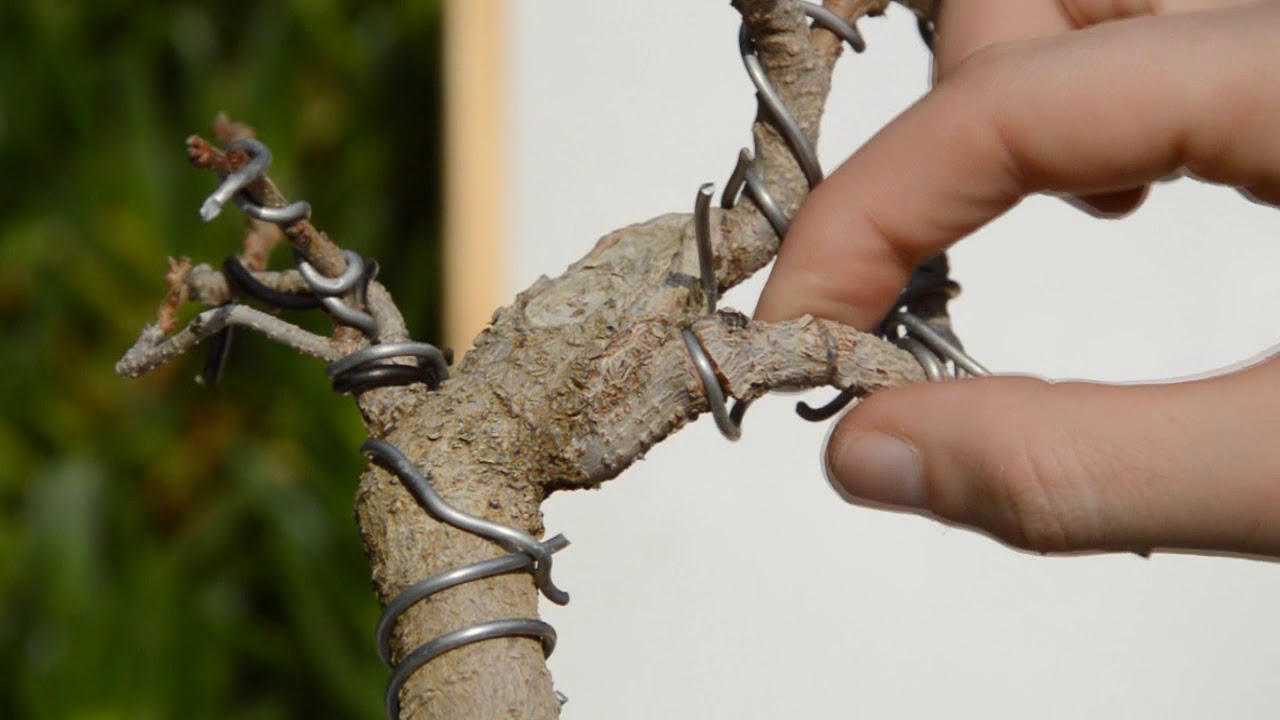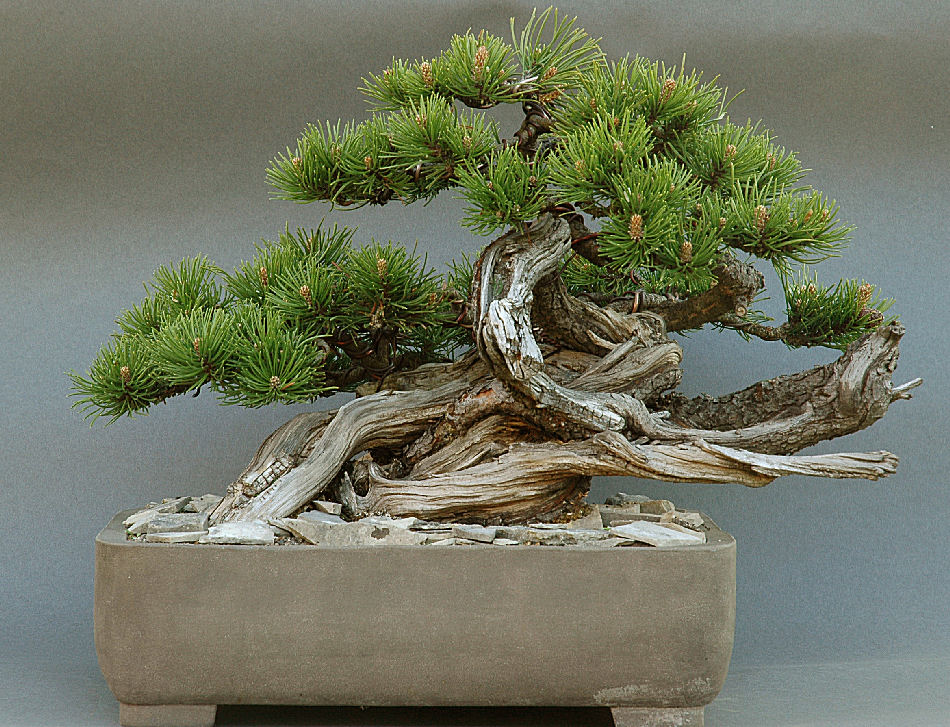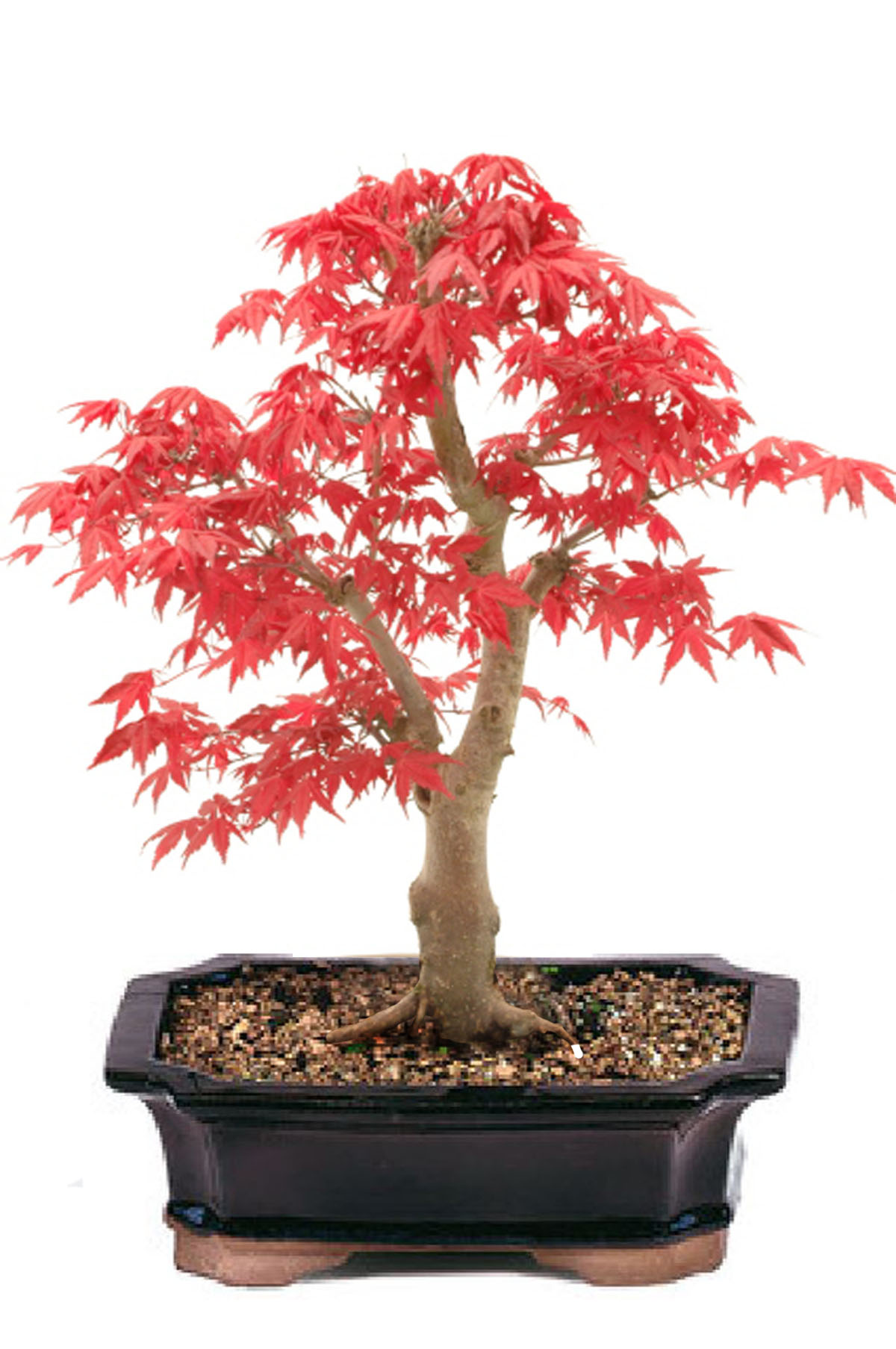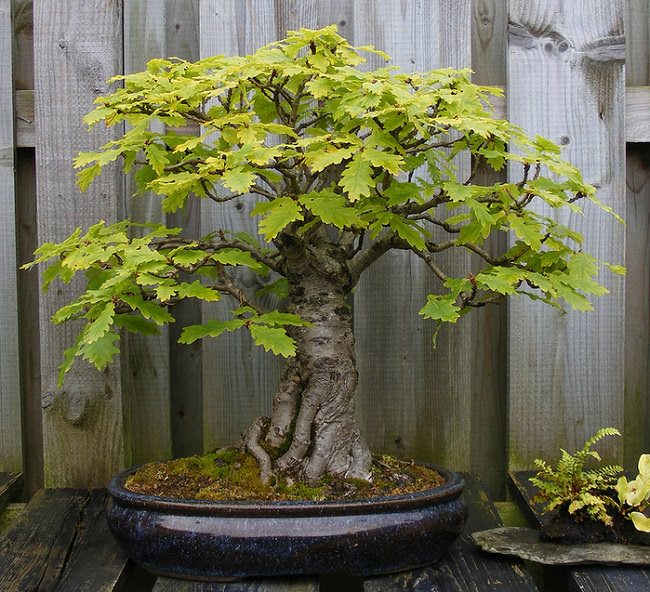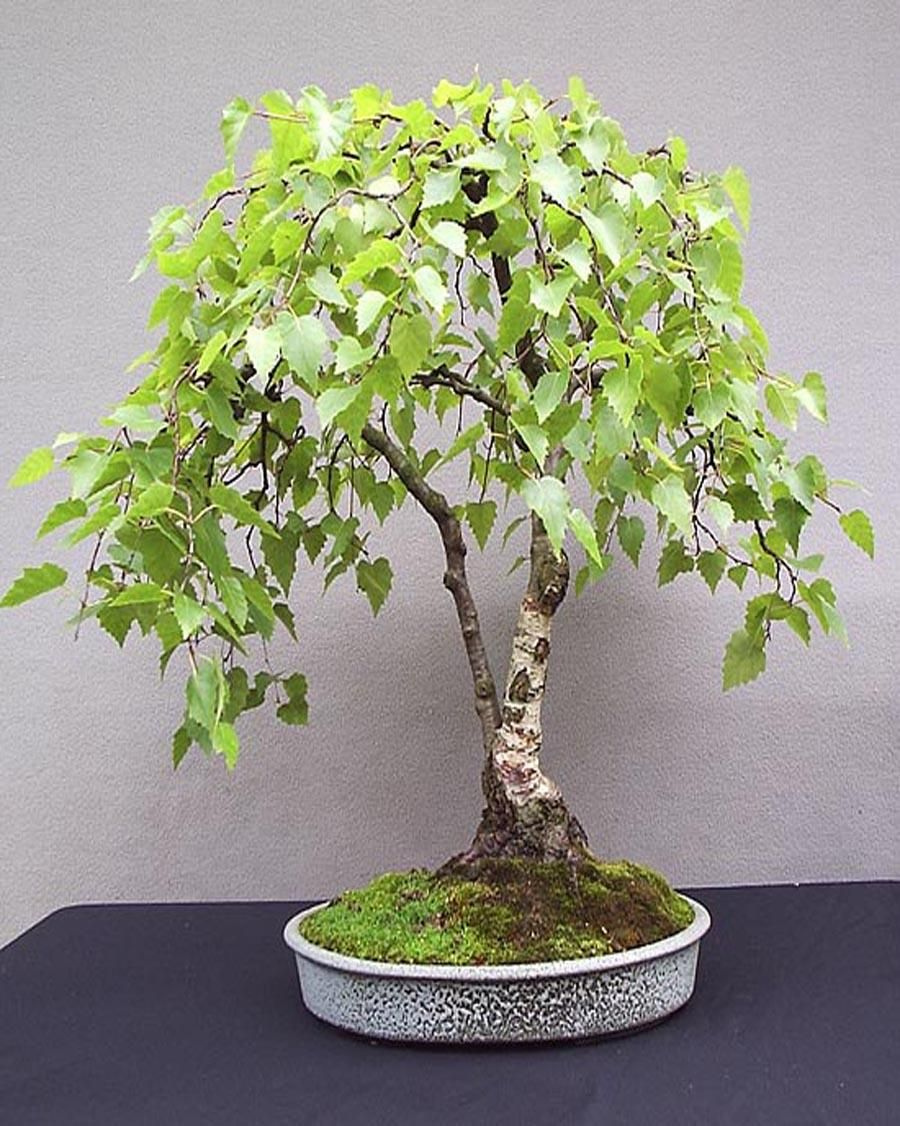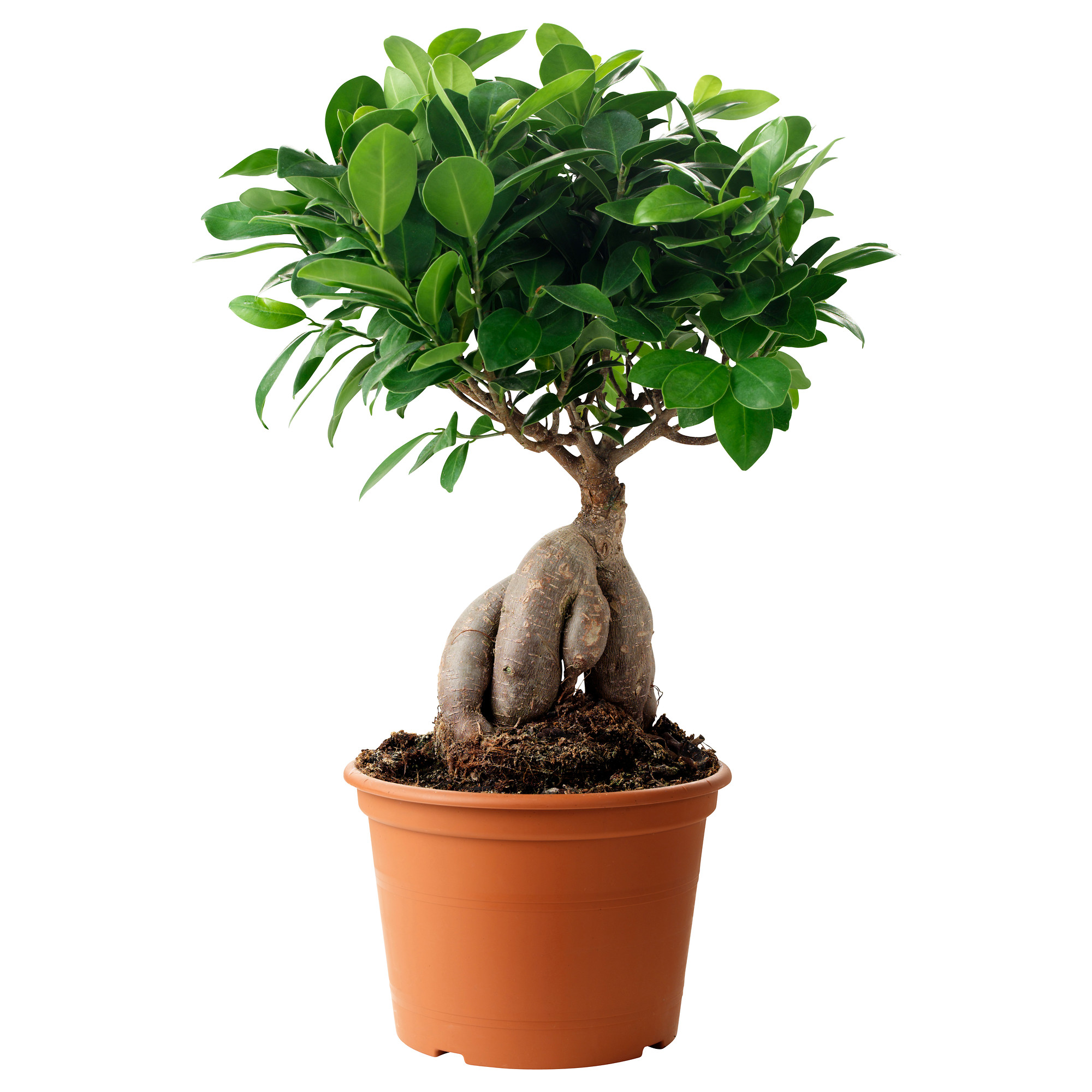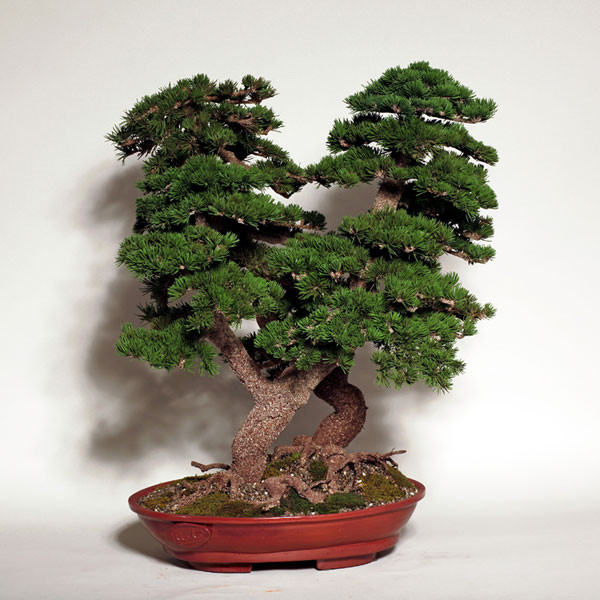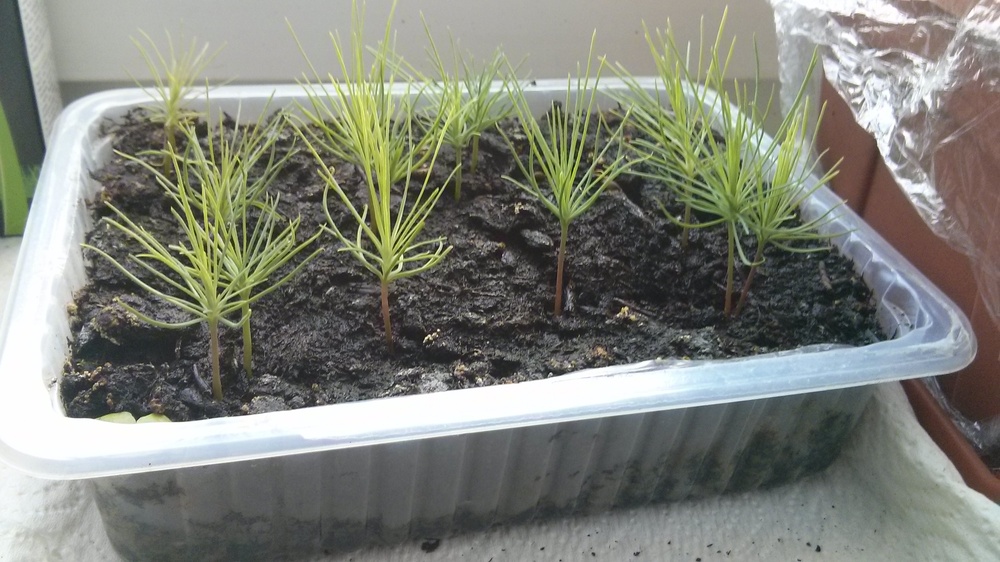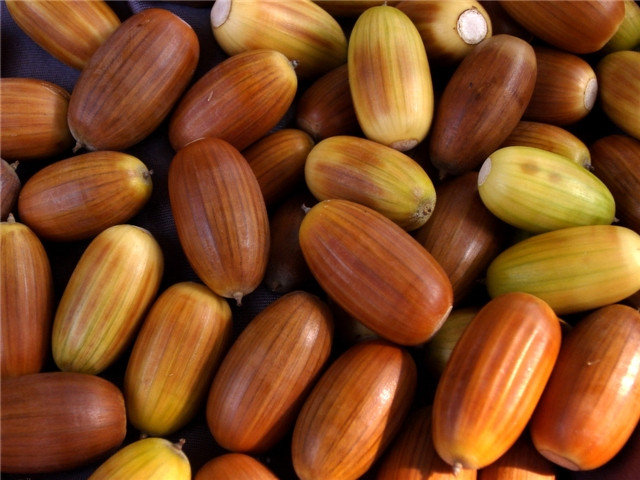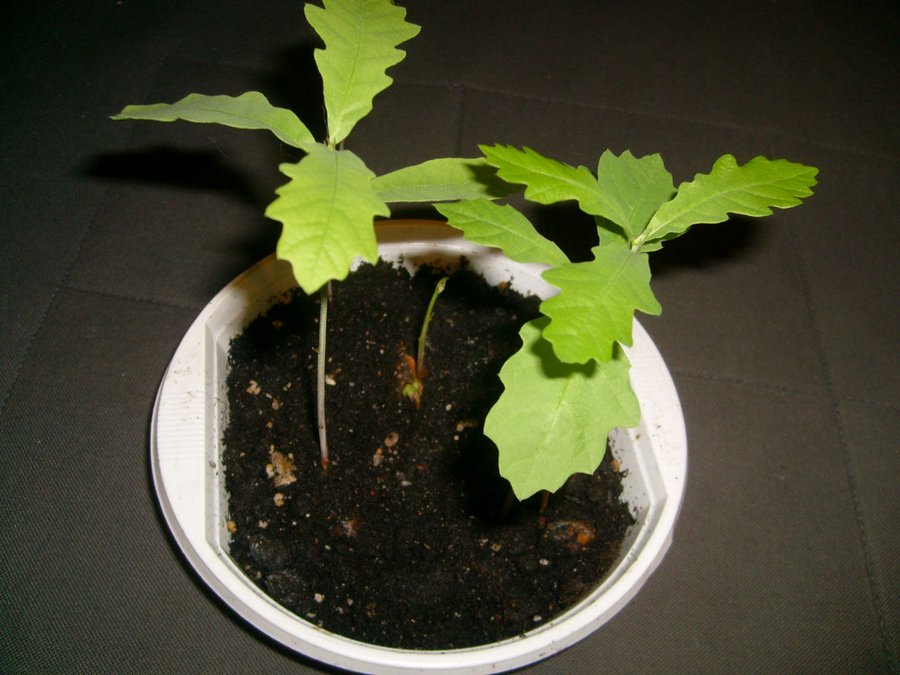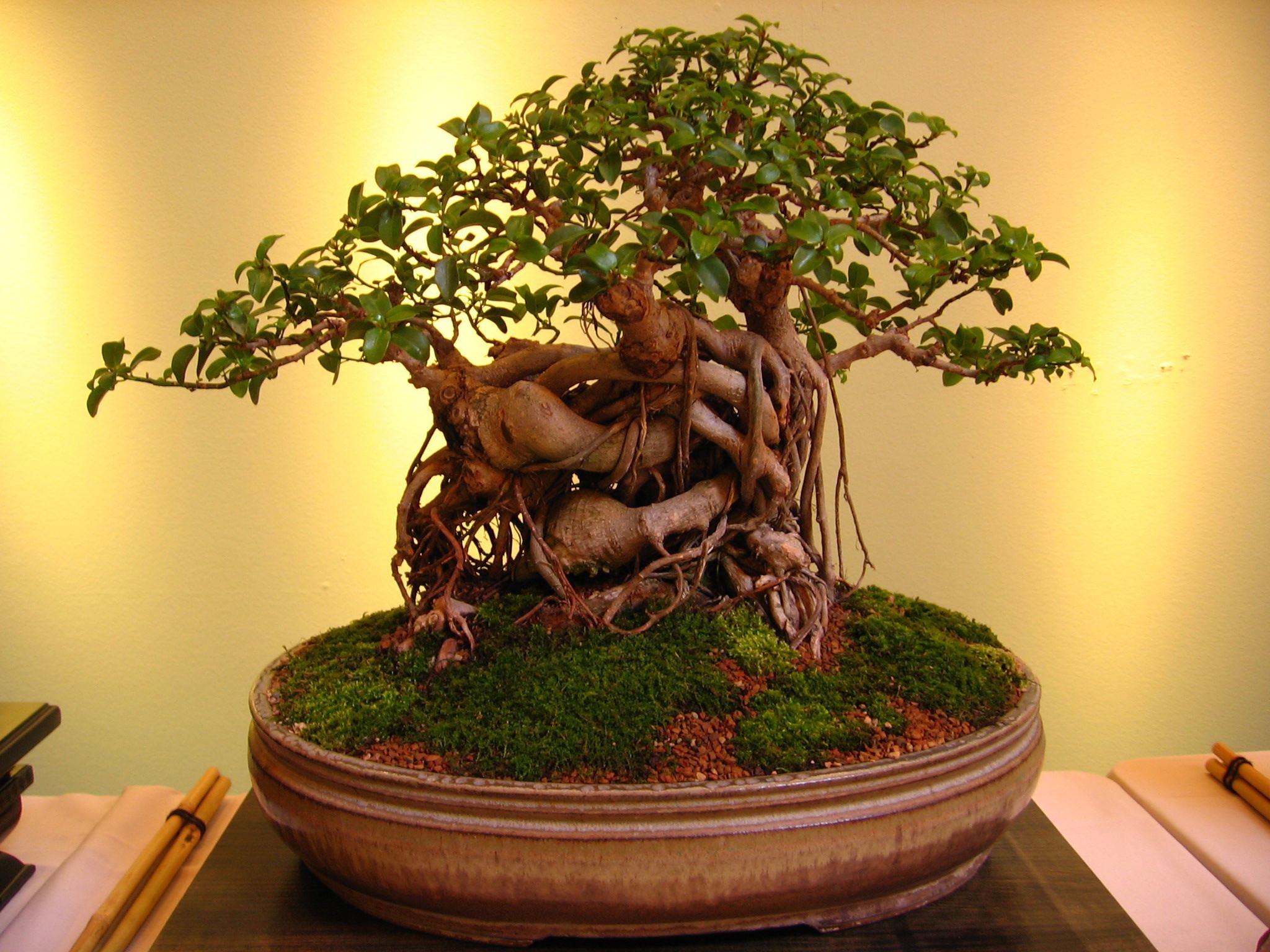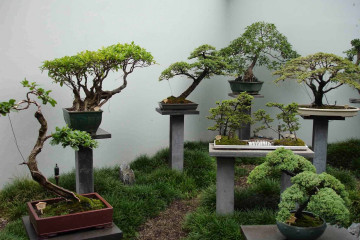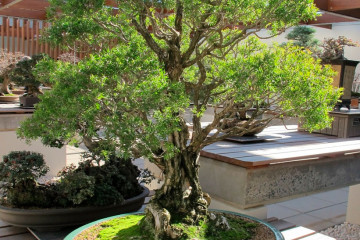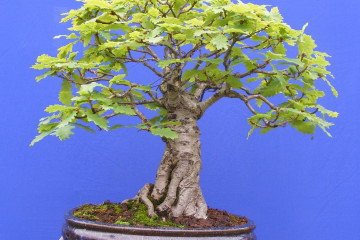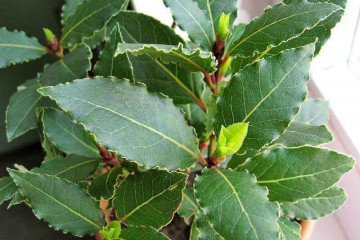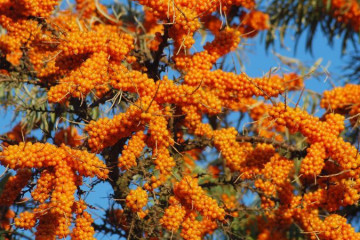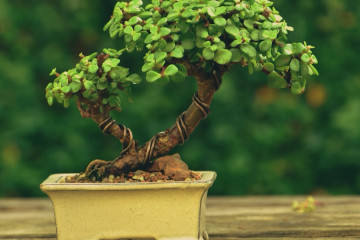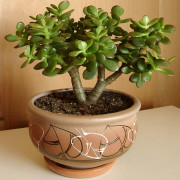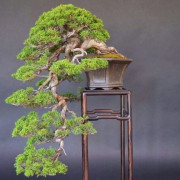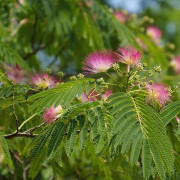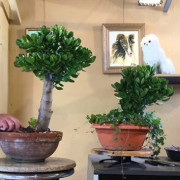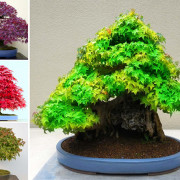Bonsai tree - species, cultivation and care at home
Content:
Bonsai is the art of growing a miniature tree that is an exact replica of the original. The secret of its small size is in the flattened root system. It allows you to control the growth of the plant at all stages of development. This feature is reflected in the name, "bonsai" is translated from Chinese as "grown in a tray."
Art originated in China. According to legend, the ruler ordered to recreate the natural landscape and architecture of the empire in miniature. This is how bonsai was born.
In the VI century. the mini-tree technique came to Japan. Local craftsmen have perfected the process. Over time, bonsai has not lost its popularity: new styles and directions appear. The secrets of the craft have become available to the public, so everyone can grow a bonsai.
Types of trees used to create bonsai
The material for creating bonsai can be any tree that is characteristic of a particular climatic zone. The main thing is to provide him with the necessary temperature regime, simulate seasonal changes in the weather and establish a lighting system.
Traditionally, conifers are used in bonsai. This is due to their durability. Popular types include:
- pine;
- spruce;
- thuyu;
- larch;
- cypress;
- juniper;
- oak;
- Japanese cryptomeria.
Flowering and fruiting trees are also suitable for bonsai. With their help, you can create compositions of incredible beauty. Experts advise growing:
- cherries;
- apricot;
- peach;
- magnolia;
- olive;
- wisteria;
- apple tree.
It is believed that bonsai does not tolerate living conditions well, but this is not the case. If the plant gets enough light, it will adapt easily. For example, black pine bonsai can be grown both in the home and in the garden. Its survival depends on keeping the temperature cool.
There are several types of indoor bonsai. These include plants from tropical and subtropical zones. They need constant warmth and sunlight. These include:
- different types of ficuses;
- bougainvillea;
- acacia;
- hibiscus;
- allemande;
- gardenia;
- jasmine;
- Garnet.
The meaning of bonsai in the house
Bonsai is a symbol of diligence, patience and hard work. It takes more than one year to form the root system and crown. If a tree is properly cared for, it will outlive several generations of gardeners.Bonsai is believed to be infinity incarnate.
Conifers were especially revered. They kept their foliage all year round, remaining evergreen. There are Japanese bonsai trees and shrubs that have existed for thousands of years. They were looked after by several generations of gardeners.
Home bonsai has many meanings: patience, peace of mind, peace, tranquility, hard work and love of contemplation.
Bonsai tree care at home
Bonsai requires careful maintenance. In the room with the plant, the temperature regime must be observed. It fluctuates between 10-18 ° C. The soil for planting is made up independently. A mixture of humus, clay, humus and river sand is considered traditional.
In addition to creating an artificial microclimate, you will have to take care of the ventilation system. The tree can die from the slightest draft, so the room must be isolated from cold air currents. Lighting is also important: direct sunlight is destructive for bonsai. For each tree, lighting is selected separately. It will depend on the natural habitat.
To grow any bonsai, you need regular watering. The amount of water should be moderate.
The beauty of a bonsai depends on how well its crown is looked after. To keep it in perfect condition, branches and leaves are regularly pruned. Bonsai are transplanted every 3-4 years.
How to grow a bonsai tree at home
There is no one-size-fits-all guide on how to grow bonsai with your own hands, the plan of action depends on the type of plant.
Bonsai tree care secrets
Comfortable temperature for dwarf trees is 18 ° C to 25 ° C. We are talking about the active growth phase. In winter, bonsai needs a drop in temperature. If you neglect this rule and do not change the climate to "winter", the plant will quickly wither away. The minimum temperature for conifers is 10 ° C and 12-14 ° C for deciduous ones.
Lighting for the plant is vital. Bonsai thrives in bright, diffused light. Direct sunlight is contraindicated for them. To properly organize the lighting, you need to find out from which climatic zone the plant originates. Some like partial shade, and some like long daylight hours.
Most bonsai species are hypersensitive to humidity. If a professional humidification system is not made in the room, you will have to use available means. For example, place bowls of water around the perimeter and spray the tree daily.
Watering bonsai should be done according to the rules. This is due to the shape of the growing pot, which resembles a lotus leaf. The roots must receive enough moisture: if they dry out, the plant will die right there. However, you should not be zealous with watering: soil acidification will do no less harm.
Water the bonsai from above using a spray nozzle. Some experts advise the immersion method: the pot with the plant is lowered into a container of water, the substrate is saturated with moisture, and the water drains through the holes.
How long does a bonsai tree grow from seeds?
Growing a tree from seeds is a laborious and time-consuming process, it takes from 15 to 30 years. Bonsai are often inherited.
What conditions are needed for growing
It is no secret that a bonsai seedling can be bought in a nursery. However, there are plants, the formation of which must be controlled from an early date. These include, for example, elms. Without outside intervention, the crown will not form properly. If it was decided to use seedlings, their height should not exceed 20 cm.
Seeds or seedlings are planted in a low but deep pot. Its volume should exceed the volume of the root ball. In addition, the container must have a hole for water to drain. The substrate is mixed from 3/5 garden soil, 1/5 coarse sand and 1/5 peat. Immediately after planting, the first pruning of the branches is carried out - only horizontal ones are left.
The crown is trimmed regularly. The height of the branches should not exceed 30 cm. To slow down the growth, small cuts are made on the trunk. This regulates the circulation of the juice.
Transplant bonsai every 2-3 years to remove excess roots. The growing container is left the same. This will keep the tree at its miniature size.
Features of growing bonsai
The branches and crown are formed with the help of a wire. It is applied to the branches or turned into a tension structure that changes their direction.
The hardest thing is to wire the softwood. It is fixed on each shoot (to the very top). Deciduous plants can be corrected by pruning branches. On smooth-bore trees (such as maple), the wire is not left for long, otherwise it will leave marks.
Trees with rough bark, such as pines, are less likely to show marks. However, the wire should not be allowed to grow deep.
The materials used are specialized copper-coated aluminum wire. Its thickness should be equal to a third of the thickness of the branch.
Bonsai trees: types and features
As mentioned, bonsai can be created from almost any tree. The main thing is to organize for him conditions close to natural ones.
Pine bonsai. Species: mountain, common, Japanese white and black. Needs plenty of sunshine in spring, summer and autumn. The pine is regularly watered with a small amount of water. They are fed every month. Transplanted every 4-5 years. Pine propagates by seeds and cuttings.
Maple bonsai. Species: Japanese, holly, field, rocky, palm-shaped (not to be confused with red). Ornamental maple varieties are sensitive to sunburn, temperature extremes and wind. Without light, they quickly grow dim. To keep the color vibrant, you need to place the bonsai in a well-lit area. In summer, it needs abundant watering, in winter, the need for moisture is sharply reduced.
Oak bonsai. Species: beech and northern. Ideal for forming branches with wire. They need bright lighting. In winter, oak is kept at temperatures from 5 ° C to 15 ° C. The higher the room temperature, the more water the tree needs to be.
Bonsai from birch. Species: warty, drooping, fluffy, crying. The height of the cutting should not exceed 80 cm. The parameters of the pot are: height - 10 cm, diameter - up to 45 cm. The skeleton is formed by pinching. It is not recommended to prune large branches from spring to late summer.
Ficus bonsai. Species: Bengal, ginseng, fig, microcarp, dark-leaved, rusty red. The root system is formed by multiple pruning of the main shoot. The trunk can be tied up or adjusted with wire.Loves sunlight, does not tolerate sudden changes in conditions.
Sakura bonsai. Grown from seeds. In summer, pour half a glass of water daily. They prefer bright lighting, do not tolerate cold and drafts. The recommended diameter of pots is up to 20 cm. Likes soil with a high content of nitrogen, humus, potassium.
Thuja bonsai. Types: blue, golden, pyramidal, dwarf, cushion, spherical. The top is formed by a cone or tiers. The bottom of the pot must be lined with a drainage layer. Surplus roots are cut every 3-4 years.
Cedar bonsai. Species: Japanese, Lebanese, Himalayan, dwarf. Extremely sensitive to moisture. Roots rot very quickly when over-watered. In the spring, it is necessary to fertilize the cedar with substances with a high nitrogen content. The Himalayan cedar loves partial shade, other species - bright light. If the tree is healthy, its needles will cast blue.
To grow a bonsai with your own hands, you need to take into account the characteristics of each tree species. A small mistake will negate years of effort.
How to grow pine bonsai at home
Pine is a bonsai typical for both Japan and Russia. The Japanese black pine is especially popular. It has a beautiful bark relief, is resistant to adverse conditions and does not require a soil rich in minerals.
How to plant a bonsai pine tree from seed
It will take 20-30 years to grow a small pine tree from seeds. Sometimes this period is reduced to 15 years. To successfully grow bonsai from seed, it is recommended to draw up a step-by-step program.
Planting stages:
- Pine seeds are stratified for 1-3 months. For sowing, prepare a container 15 cm deep. Its bottom is covered with a three-centimeter drainage layer. The remaining volume of the container is filled with coarse sand. It is recommended to bake it before use. On the surface of the soil, furrows are made with a depth of 2 cm. A distance of 3 cm is left between them. Fine sand is needed to fill the seeds.
- Seeds are sown in late winter - early spring. They are laid out at a distance of 3 cm from each other, covered with fine sand (previously disinfected). Watering is best done by immersion. Some experts advise covering the pot with glass and airing it daily.
- In case of mold infestation, the soil is removed and the excavation is treated with a fungicide.
- The first shoots will appear in a couple of weeks. The glass is removed and the pot is exposed to the sun, while the moisture of the soil is constantly monitored. The seedlings do not need special care.
- When the sprouts reach a height of 7 cm, primary formation is carried out. Seedlings are dug out of the ground and their roots are completely cut off (where the green base of the trunk ends). Ready cuttings are dipped in a bowl with the hormone and left in the ready-made solution for 16 hours. Heteroauxin, succinic acid, root are suitable.
- Seedlings are planted in separate containers. The first kidneys will appear in three months. An adult bonsai should be replanted every 3 years.
Keeping pine needles small
After the bonsai is planted, they proceed to the formation of the appearance. It is believed that the pine should have short, sparse needles. They are plucked from mid-July until autumn. It is permissible to leave four pairs of needles on the upper shoots, seven on the middle and 12 on the lower ones.
The size is adjusted by trimming. At the end of summer, all needles that have grown in the current year are cut off. The tree will mobilize resources to grow new ones, but they will be shorter. This is because there is less time left before winter.
Crown formation
The crown of the pine is formed with wire and regular pruning. Do it in the fall or winter. The most widespread method is pruning.
Experts advise to adhere to simple rules:
- the first pruning is carried out one year after planting;
- no more than a third of the crown can be cut at a time;
- resin is used instead of garden varnish;
- the cut is made at an angle of 45 °. The lower edge can rise above the upper one by no more than 2 mm;
- the cut is carried out at an average height. The resin should not run out too much;
- branches growing vertically are cut to external soil. Those that are tilted - to the inner;
- thick shoots are carefully cut down;
- if the place of the cut does not stop bleeding, it is treated with garden varnish.
How to grow bonsai from an oak acorn
Oak bonsai can be grown in two ways: acorns and seedlings. This process takes at least 30 years.
How to start growing bonsai
Growing bonsai begins with the choice of material. Acorns can be harvested from the forest or purchased from the store. They should be free of mold, wormholes and other damage. Healthy acorns are brown with a greenish tint.
The quality of the fruit is checked by soaking: the rotten ones will float to the surface and soften. Healthy acorns are dried and stored in a bag full of wood chips and moss to absorb the rest of the moisture. Germination will take at least two months. All this time, acorns are stored in the refrigerator.
The disembarkation is carried out in stages:
- The oak is planted in the soil collected from the tree from under which acorns were dug. There should be some fallen leaves and branches in the ground.
- The container is chosen wide, but shallow (up to 10 cm). A grating is installed at the bottom and a drainage layer is poured. A centimeter layer of sand mixed with crushed stone is laid on top. Earth is added to it. It is better to lay the soil in a slide to ensure an even distribution of moisture.
- If the plant has taken root, after a month and a half, the backbone of the future bonsai is formed. A graceful bend is made with the wire, securing it to the outside of the pot.
Oak prefers a warm climate with high humidity. It is better to grow the tree on a windowsill, where it will be fully illuminated by the sun. For the winter, the roots are covered with dry foliage so that they do not freeze. The soil is moistened by immersion in a basin or container with water. Top watering is not recommended.
How to choose a plant to create a bonsai
To create bonsai from oak, cork or stone varieties are suitable. If seedlings are used as material, you need to choose specimens no higher than 15 cm.In order for the oak to take root better, it is recommended to collect the soil in which it grew.
The seedling must have a well-developed main root. If the small roots have not turned white, then they are not yet ripe. The leaves are carefully inspected for damage and dryness.
Trimming and pinching
After the young shoots get stronger, you can start forming the crown. Excess shoots are removed with a sharp knife. The rest are bent with a wire. Flaps of soft tissue are laid under it.
Selective trimming of the bark gives the trunk a textured nodularity. Shoots are shortened to the state of horizontal shoots, which will allow the crown to grow in breadth.
To slow down the growth of the oak, the trunk is cut in different places. This stimulates the outflow of juice. Sections are treated with garden pitch.
Young leaves are cut in half to harmonize with the small size of the tree. Over time, they are crushed and the need for pruning will disappear.
The density of the crown is provided by the pinching.In early summer, the tops of the branches are cut with a pruner. This will lead to the formation of multiple shoots at the same base. The crown will become more magnificent, it will acquire a spherical shape.
Bonsai is not only philosophy and art. Growing trees is both financial and emotional. To learn how to properly grow bonsai at home, you will have to study a lot of literature. The result will be achieved only by a patient, immersed in the process.

